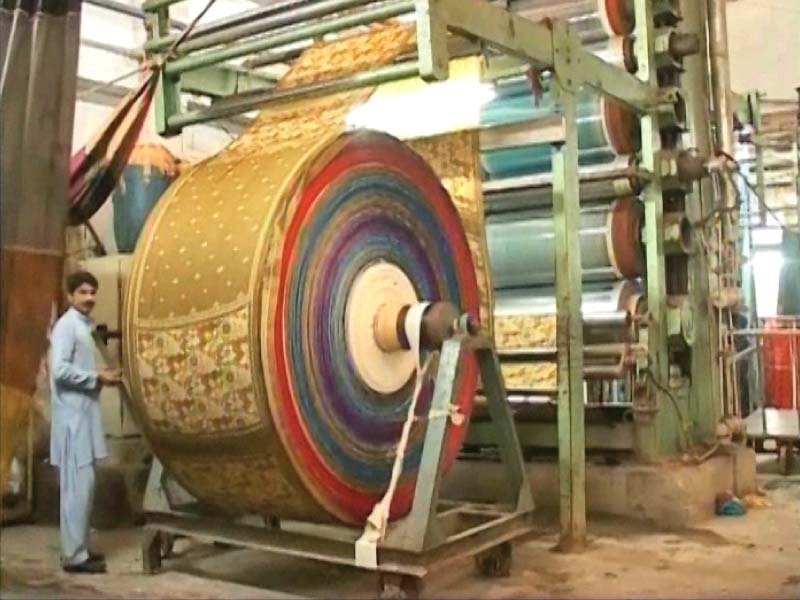
Prime Minister Imran Khan, during his Lahore visit on Monday, directed the city developer to establish new industrial zones in Lahore division on priority. It will help reduce environmental pollution and solve civic infrastructure issues, he maintained.
LDA Vice Chairman SM Imran and Director General Muhammad Usman Moazam briefed the prime minister about the economic and employment potential of new industrial zones.
They highlighted that owing to the lack of reliable data and in the absence of a proper survey, successive governments had overlooked this potential. They maintained that this has resulted in a large number of industries being established outside industrial clusters.
LDA approves Rs580m for maintenance of roads
The mushroom development of the industrial sector has created several civic issues and overburdened the urban infrastructure.
The LDA vice chairman told the prime minister that there was a dire need of a survey and research for the development of a new industrial zone at eight identified locations.
He also pointed out that there was a need to provide legal cover to all existing industries developed outside industrial areas.
“The authority was trying to remove bottlenecks and provide legal cover to existing industries,” he said.
As per the Punjab Industries Sector Plan 2018, the industrial sector has the potential to be the driving force in achieving target growth rates for income, employment and investment.
Historically, the industrial sector has played an important role in the development of both Western and East Asian economies. In these countries, the pattern of structural change was such that the share of agriculture declined and the share of the higher productivity sectors, manufacturing and services, increased.
This process of industrialisation led to job creation, high exports and high economic growth. In Pakistan, while the share of agriculture has decreased, it has been taken up by the services sector, with the share of manufacturing in Pakistan’s GDP stagnates at about 25%.
A growing labour force and rapid urbanisation have created an ideal opportunity for the manufacturing sector to benefit from “agglomeration economies”; the concept of economies of urban scale, higher economic efficiency resulting from the clustering of firms in a given industry or related industries, and a higher demand for goods and services.
However, the manufacturing sector has yet to tap into this potential advantage and has remained constrained by the poor business environment, lakc of skilled labour and failure to diversify production and move up the value chain.
LDA City project unlikely to meet SC deadline
The Punjab Growth Strategy has set a target annual real growth rate of 8% for Punjab’s GRP by 2018. If 2010-11 real growth rates continue (3.2% for agriculture, 0.6% for industry and 4.1% for services), GRP growth will be 3.3% - which is less than half the target growth.
Calculations by the government show that if services and agriculture sectors grow at 2010-11 rates (3.2% for agriculture and 4.1% for services), then the industrial sector will need to achieve a very high 20% real growth annually till 2018 to achieve an 8% overall GRP growth target.
However, the highest growth achieved in the last decade by the industrial sector has been 12.5%, and realistically, this sets an upper limit for expected growth, given the current set of constraints.
Therefore, if the services and agriculture sectors double their 2010-11 growth rates for the next three years, the industrial sector will need to grow at 10% annually to achieve the GRP aggregate growth rate of 8% by 2018.
Published in The Express Tribune, September 4th, 2019.






































COMMENTS
Comments are moderated and generally will be posted if they are on-topic and not abusive.
For more information, please see our Comments FAQ